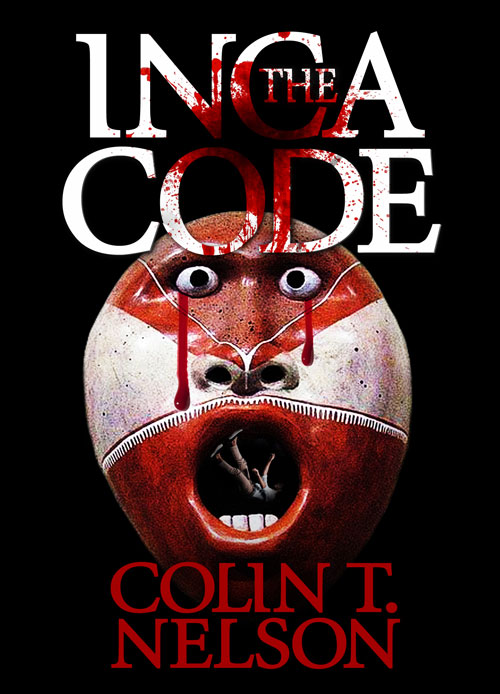How do judges know when to set bail on an accused person? How much should be set? Are there any guidelines?
The setting of bail occurs when an accused person first appears in court to answer for alleged crimes. That’s done because of constitutional requirements. A judge has several choices at this point in a criminal case:
1. The judge could release the accused without any bail.
2. The judge could release the accused on a conditional release. Various conditions would be established. Such as, he couldn’t leave the jurisdiction, he must remain at his main address, he must call into or meet with a court services person, and he may have to prove sobriety by giving regular UAs, for instance. If the accused violates any of these condition, he goes back to jail.
3. The judge can set some amount of monetary bail.
The purpose for bail is twofold: to protect the public safety and to assure that the defendant will return for all court appearances and not flee. At the same time, there are constitutional restrictions on the setting of bail. For instance, in Minnesota the constitution mandates that no excessive bail shall be ordered. How does a judge balance between these three competing goals?
In many of the larger counties in the country, clerks prepare a check-list for the judge before the defendant makes the first court appearance. The checklist doesn’t tell the judge what to do but it gives the judge some background about the accused to decide the appropriate amount of bail. In Hennepin County, the largest in Minnesota, the form is a check list of various things such as: the accused’s prior record, if any. How long has the person lived at one address? Any family? Job? How long has the defendant been employed? Was a weapon allegedly used in the commission of the crime? Any drug/chemical problems on the part of the defendant. Any prior escapes from custody?
Based on the accused’s answers, the checklist is scored. A higher score will indicate to the judge to be more cautious, to possibly set higher bail. Generally, a more serious crime warrants a higher bail on the theory that the defendant has more to lose (more prison time) so has a greater incentive to flee.
At the same time, the constitution prohibits excessive bail.
Since the checklist is most favorable to middle class people with a long history of jobs and homes, what about lower income, less educated, and minority people who may not have the stable history that will reflect in a lower score? For a working, middle-class defendant, maybe a bail setting of $100,000 is appropriate to ensure they come back to court. But for an unemployed, homeless man, even $1,000 bail may be impossible to make. So, what’s excessive for one person may not be the same for another.
Can you think of a system that would be fair and, at the same time, protect the public safety and ensure the return of an accused? Should two checklists be prepared depending on who is the accused?






